This story isn't so much paranormal as just plain cool. After a web campaign that raised more than a million dollars, Nikola Tesla enthusiasts have purchased the Wardenclyffe site and plan to convert the last remaining Tesla laboratory there into a museum showcasing his work. Tesla created most of the technology behind our modern alternating current electrical grid that powers pretty much everything these days, and in addition made a number of other important discoveries regarding the nature of electromagnetic energy. He also is a key figure among fringe science fans, some of whom claim that he was so far ahead of his time that some of his designs are still not understood.
I've been interested in Tesla's work since high school, and I'm really looking forward to seeing this up and running. The site at Wardenclyffe once held a giant metal tower that Tesla claimed could be used to transmit electric power. Even though it was sold for scrap years ago, it was apparently only half of the transmission device. The other half is supposedly buried as much as 120 feet underground, and some have claimed that there are tunnels below the laboratory site that allow access to it. Work on the museum will likely set to rest whether or not these claims are true, in addition to creating a monument to a ground-breaking scientific genius who truly deserves one.
The overgrown 16-acre site, in Shoreham, features his only surviving workshop. The crumbling brick laboratory was designed by Tesla’s friend Stanford White, a celebrated architect who drew up plans in Manhattan for the Washington Arch as well as neoclassical gems like the Century Club.
The Agfa Corporation, which owns the heavily wooded site and once operated a factory there, agreed to sell the estate to the Tesla enthusiasts for an undisclosed sum after they succeeded in raising $1.4 million through a Web campaign. The property had been listed at $1.6 million.
“All the terms and conditions have been accepted,” said John P. O’Hara, a real estate agent on Long Island who represents the property. “It’s all good. The stars have finally aligned.” Agfa’s attorney, Christopher M. Santomassimo, confirmed the deal, saying, “We have reached an agreement.”
I've been interested in Tesla's work since high school, and I'm really looking forward to seeing this up and running. The site at Wardenclyffe once held a giant metal tower that Tesla claimed could be used to transmit electric power. Even though it was sold for scrap years ago, it was apparently only half of the transmission device. The other half is supposedly buried as much as 120 feet underground, and some have claimed that there are tunnels below the laboratory site that allow access to it. Work on the museum will likely set to rest whether or not these claims are true, in addition to creating a monument to a ground-breaking scientific genius who truly deserves one.













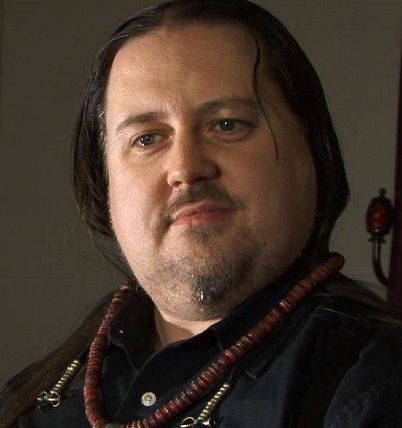

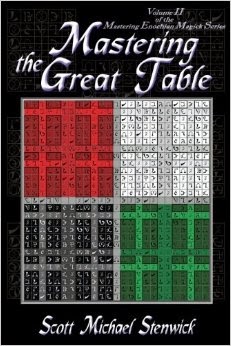

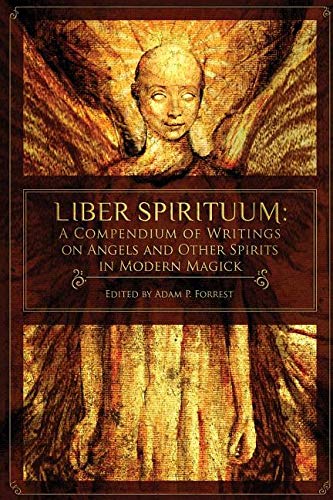
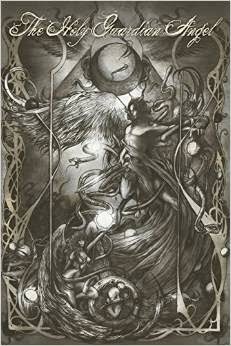

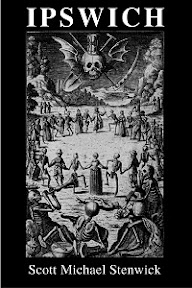
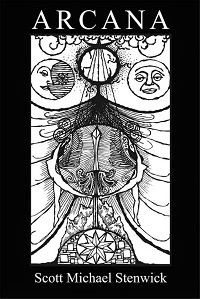

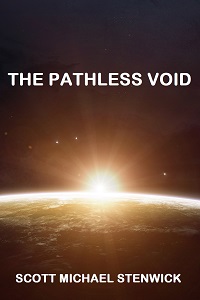

2 comments:
When I saw the title I got excited thinking that someone was opening a research center into furthering Teslas ideas. A museum is nice but a research center is needed.
Actually a lot of that research is going on, it just doesn't get called "Tesla technology" or anything like that. For example, the Qi charging system for mobile phones (used by Nokia's Lumia 920 Windows Phone) transmits power wirelessly using a charging pad. The big trick that makes it practical is to modulate the electromagnetic frequencies on both ends so that they match - if you do that, you can transmit power relatively efficiently over short distances with regular house current.
Up the voltage (using a Tesla coil, of course), and you probably could broadcast usable power via that method from a tower like Wardenclyffe. That almost certainly was the idea Tesla wrote to J.P. Morgan about when he tried to secure additional funding for the Wardenclyffe project (and it was really only developed within the last few years - Tesla proposed it in 1904). Tesla's model also created fluctuations in the ground (which is why he had to dig way underground at Wardenclyffe), so how your appliances would work is that they would have a grounded wire and an antenna. Sync the transmission frequency to the earth's magnetic field, and I'd be real interested to see how well it would work.
The downside is that the amount of power you can send this way winds up being pretty limited compared to power load on our current grid. In 1904, the power requirements for homes was much lower. Also, it would flood the air with tons of EMF, orders of magnitude more than what we get today off computers and so forth. So most likely it would not be a preferred solution for energy transmission. In the last decade we've caught up to where Tesla was in a number of different areas that he was never able to implement. However, it's pretty remarkable that he was trying to get all of that stuff more than a hundred years ago.
Post a Comment